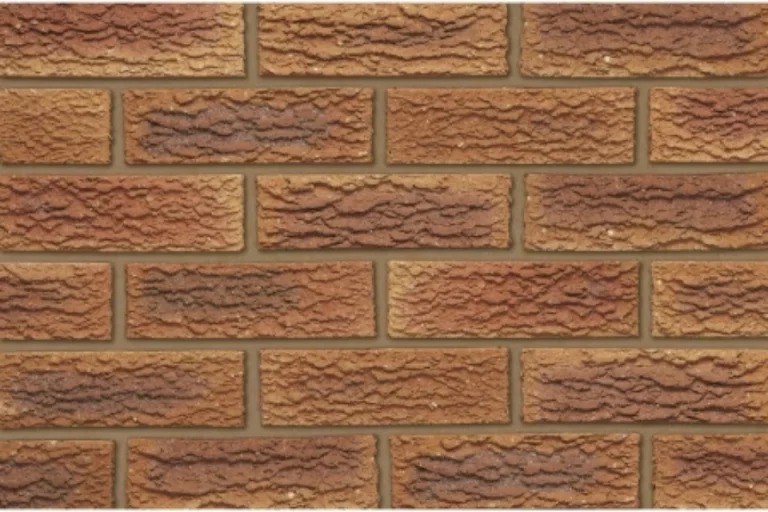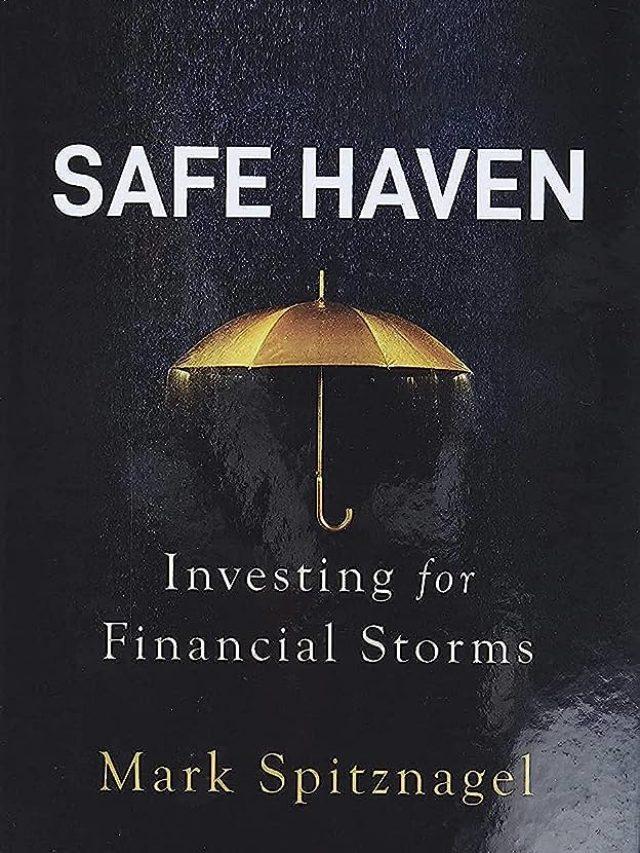Brick, one of the oldest and most enduring building materials, has evolved beyond its structural role to become a symbol of aesthetic charm and durability. Among the various types of bricks available, facing bricks hold a special place. In this comprehensive guide, we will explore what facing bricks are, understand the difference between common and facing bricks, delve into the advantages of using face bricks, compare facing bricks with engineering bricks, and discuss the cost of brick-facing, focusing on the offerings by Travis Perkins.
What Are Facing Bricks?
Facing bricks, often referred to as face bricks, are a specific type of brick designed primarily for their visual appeal and aesthetic qualities. Unlike common bricks used for structural purposes, facing bricks are intended to be visible and create the exterior face of a building. They are carefully manufactured to offer a wide range of colors, textures, and finishes, making them ideal for enhancing the appearance of structures.
Characteristics of Facing Bricks:
Facing bricks possess several distinctive characteristics that set them apart:
1. Aesthetic Appeal
Facing bricks are known for their pleasing appearance and are available in a stunning array of colors, textures, and finishes. This variety allows architects and builders to achieve specific design objectives, adding character and style to buildings.
2. Durability
While facing bricks are primarily chosen for their visual attributes, they are far from being merely decorative. They are designed to be durable and resistant to weathering, ensuring the longevity of the building’s exterior. This durability ensures that your building maintains its visual appeal over time.
3. Consistency
Facing bricks are manufactured to strict quality standards, ensuring uniformity in size, shape, and color. This consistency is crucial for achieving a polished and cohesive appearance on the exterior of buildings.
4. Variety
Facing bricks come in an extensive range of styles, including rustic, smooth, glazed, and textured, providing endless design possibilities. Whether you seek a traditional, rustic look or a contemporary, sleek finish, there’s a facing brick to match your vision.
Common Bricks Vs. Facing Bricks
To understand facing bricks better, it’s essential to distinguish them from common bricks, which are primarily used for structural purposes. Here are the key differences:
| Point of Comparison | Common Bricks | Facing Bricks |
| Appearance | Common bricks are typically plain and have no specific aesthetic features. They serve as the backbone of a building’s structure but are concealed behind facing bricks or other cladding materials. | Facing bricks, on the other hand, are designed to be visually appealing and are meant to be seen. They come in various colors, textures, and finishes, adding character to the building’s exterior. |
| Purpose | Common bricks provide structural support and are not chosen for their appearance. They are used internally or behind facing bricks. | Facing bricks are used to clad buildings’ exteriors and are largely chosen for their aesthetic appeal. They are intended to enhance the aesthetics of a structure. |
| Quality | While quality is essential, structural integrity is the primary focus for common bricks. They are engineered to provide strength and stability to a building’s framework. | Facing bricks prioritizes aesthetics without compromising on quality. They are manufactured to maintain their visual appeal over time while still meeting industry standards for durability. |
Facing Bricks Vs. Engineering Bricks
Facing bricks are often compared to engineering bricks due to their distinct purposes and properties. Here’s how they differ:
| Point of Comparison | Facing Bricks | Engineering Bricks |
| Purpose | Facing bricks are primarily chosen for their visual appeal and are used for the exterior of buildings. They are intended to enhance the aesthetics of a structure. | Engineering bricks, on the other hand, are designed for their strength and durability and are typically used in structural applications. They prioritize performance and load-bearing capabilities. |
| Compressive Strength | While they possess adequate strength, facing bricks prioritize aesthetics over extreme strength. They are engineered to meet the requirements of exterior cladding. | Engineering bricks are specifically engineered to have high compressive strength, making them suitable for load-bearing purposes in construction projects. |
| Absorption | Facing bricks have a higher water absorption rate compared to engineering bricks. This can be advantageous for regulating moisture in walls and preventing issues like frost damage. | Engineering bricks have low water absorption, making them highly resistant to frost and water damage. This property is essential for bricks used in structural elements. |
| Finish | These bricks focus on a variety of finishes and colors for aesthetic appeal. They are meant to complement the architectural style and design of a building. | Engineering bricks are usually plain and are not chosen for their appearance. They are selected for their strength and performance. |
Top Picks of Face Brick available on Travis Perkins:
1. Ibstock brick Glenfield red stock 65mm facing brick – pack Of 500
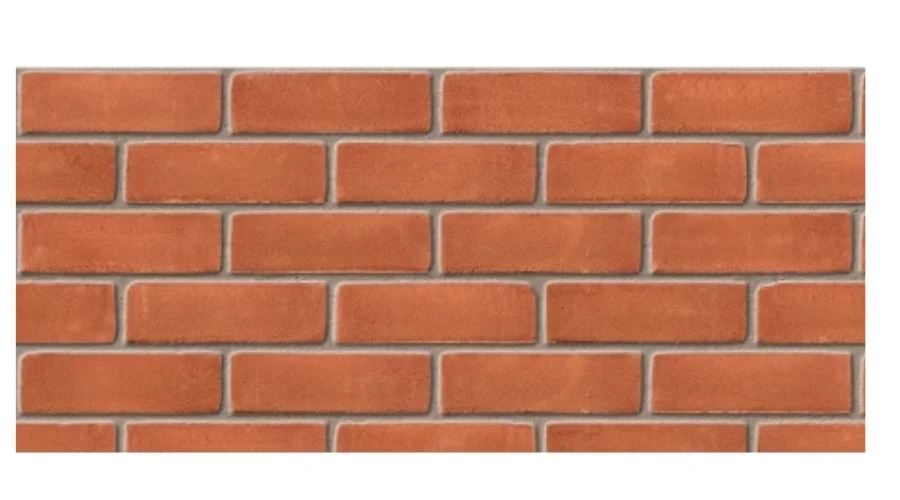
Travis Perkins offers an exclusive Plain Red Stock Brick, produced at the state-of-the-art Leicester Eclipse Factory. These durable bricks have low soluble salts, moderate strength, and high water absorption, making them suitable for various masonry applications. They come with F2 frost resistance and S2 soluble salt ratings, providing an excellent alternative to Leicester Red Stock bricks. With dimensions of 65mm x 215mm x 102.5mm and a weight of 2.20 kg, these red-facing bricks are part of the Ibstock range, known for their quality and reliability.
2. Wienerberger facing brick Staffordshire smooth blue (perforated) – pack of 400
This blue-facing brick is chosen for its appealing appearance and technical attributes. It can be used below the DPC and boasts low salt content (S2). While there may be occasional lead times from the manufacturer, we will promptly inform you. These Wienerberger facing bricks, with dimensions of 65mm x 215mm x 102.50mm and a weight of 2.60 kg, belong to the Kingsbury factory’s range, offering durability with an F2 severe exposure rating, a compressive strength of 75 N/mm2, and a water absorption rating of 7%. Its smooth texture and wire-cut manufacturing process make it an ideal choice for various applications.
3. Snowie facing brick – Heritage Commons drag wire – 73mm – Pack of 416
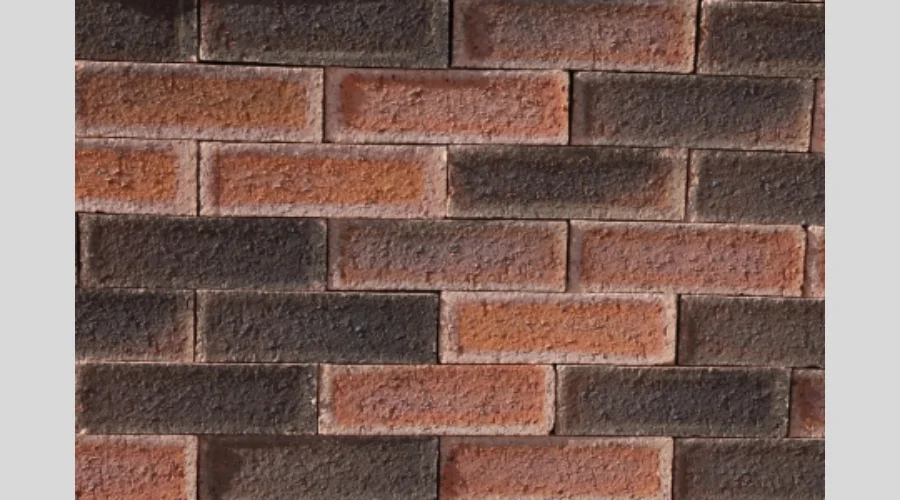
The Snowie Heritage facing brick range is versatile and suitable for contemporary and traditional projects. It comes in various colors and textures, offering durability, excellent strength, and thermal & sound properties for both new builds and renovations. These bricks can be complemented with colored mortars and have a unique dual application, with one side featuring a dark stain for an urban look and the other side for a clean appearance, making them cost-effective for renovation projects. They boast a compressive strength of 85 N/mm2, 5% water absorption, and F2 durability. Note that occasional manufacturer lead times may apply, but we will inform you promptly.
4. Ibstock brick dorket head cavendish dorket honeygold – pack Of 475
Introducing the Buff Multi Rusticated Perforated Wirecut Facing Brick, available for individual purchase. These bricks are highly durable and suitable for various masonry applications. With dimensions of 65mm x 215mm x 102.50mm and a weight of 2.10 kg, they feature a distinctive buff color that falls within the yellow color family. These bricks offer durability with an F1 rating and a compressive strength of 40 N/mm2. Their heavy texture and wire-cut manufacturing process ensure a robust appearance. Manufactured at the Dorket factory, they come in a pack quantity of 475. Please note that these bricks are not made to order, and you can refer to the technical specifications for more details.
5. Wienerberger facing brick renaissance – Pack of 528
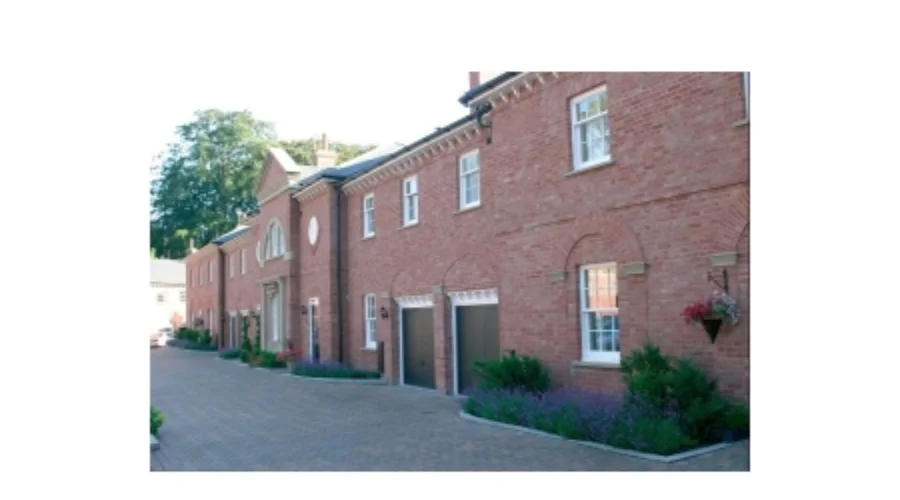
Introducing a pale red textured stock Facing Brick with artisanal surface creases, infused with cream ochre and touches of ale grey multi shades. This brick is chosen for its exceptional aesthetic quality, adhering to both BS and EU Standards, and boasting an F2 durability rating for severe exposure. With low salt content (S2), it provides both visual appeal and structural integrity. Availability may vary based on local demand, and please be aware that there may be occasional lead times from the manufacturer, which we will promptly communicate. With dimensions of 65mm x 215mm x 102.50mm and a weight of 2.36 kg, these bricks belong to the Wienerberger range, manufactured at the Beerse factory, and come in a pack quantity of 528. Please note that these bricks are not made to order, as indicated in the technical specifications.
What are the advantages of facing brick?
Using facing bricks for your construction project comes with several notable advantages:
- Enhanced Aesthetics: One of the primary advantages of facing bricks is their ability to elevate the visual appeal of a building’s exterior. They allow you to achieve the desired visual impact, adding charm and character to the structure. The wide range of colors and textures available ensures that your design vision can be realized effectively.
- Versatility: Facing bricks offers versatility in design, allowing architects and builders to explore creative possibilities. Whether you’re aiming for a traditional, rustic appearance or a modern, sleek finish, there’s a facing brick to match your architectural style. This versatility makes facing bricks suitable for a wide range of projects, from residential homes to commercial structures.
- Durability: Despite their aesthetic focus, facing bricks are still durable and capable of withstanding weathering and environmental factors. This ensures that the building’s exterior remains attractive for years, providing lasting value to property owners.
- Low Maintenance: Facing bricks requires minimal maintenance, saving you time and effort in upkeep. Their durability means you won’t need to worry about frequent repairs or replacements, making them a cost-effective choice in the long run.
- Longevity: Facing bricks contribute to the long-term structural integrity of the building while retaining their aesthetic appeal. This combination of durability and timeless beauty ensures that your investment in facing bricks continues to pay off over the years.
How much do Facing Bricks cost?
The cost of facing bricks can vary depending on several factors, including the type of facing brick, quantity needed, and regional pricing. To get a better idea of the cost, it’s advisable to consult a local supplier or visit reputable websites such as Travis Perkins, a renowned building materials supplier in the UK.
Key Cost Factors:
- Type of Facing Brick: Different styles and finishes come at different price points. Special finishes or glazed options may cost more than standard-facing bricks.
- Quantity: Bulk purchases may result in discounts, so the total quantity needed for your project can impact the overall cost.
- Location: Regional pricing variations can affect costs. Availability and local demand can influence the price of facing bricks in your area.
- Additional Materials: Costs may also include mortar and other installation materials. These materials are essential for achieving a solid and aesthetically pleasing finish.
Conclusion
Facing bricks from Travis Perkins offer a durable and aesthetically pleasing solution for both residential and commercial construction projects. With a wide variety of styles, colors, and textures available, these bricks allow builders and architects to create visually appealing and structurally sound facades. Travis Perkins’ commitment to quality and sustainability ensures that their facing bricks meet industry standards and contribute to environmentally responsible construction practices. Whether you’re renovating a historic building or designing a modern structure, Travis Perkins’ facing bricks provide a versatile and reliable choice for your construction needs. For more information related to architecture, check out the official website of XprrtUpdates.
FAQs


